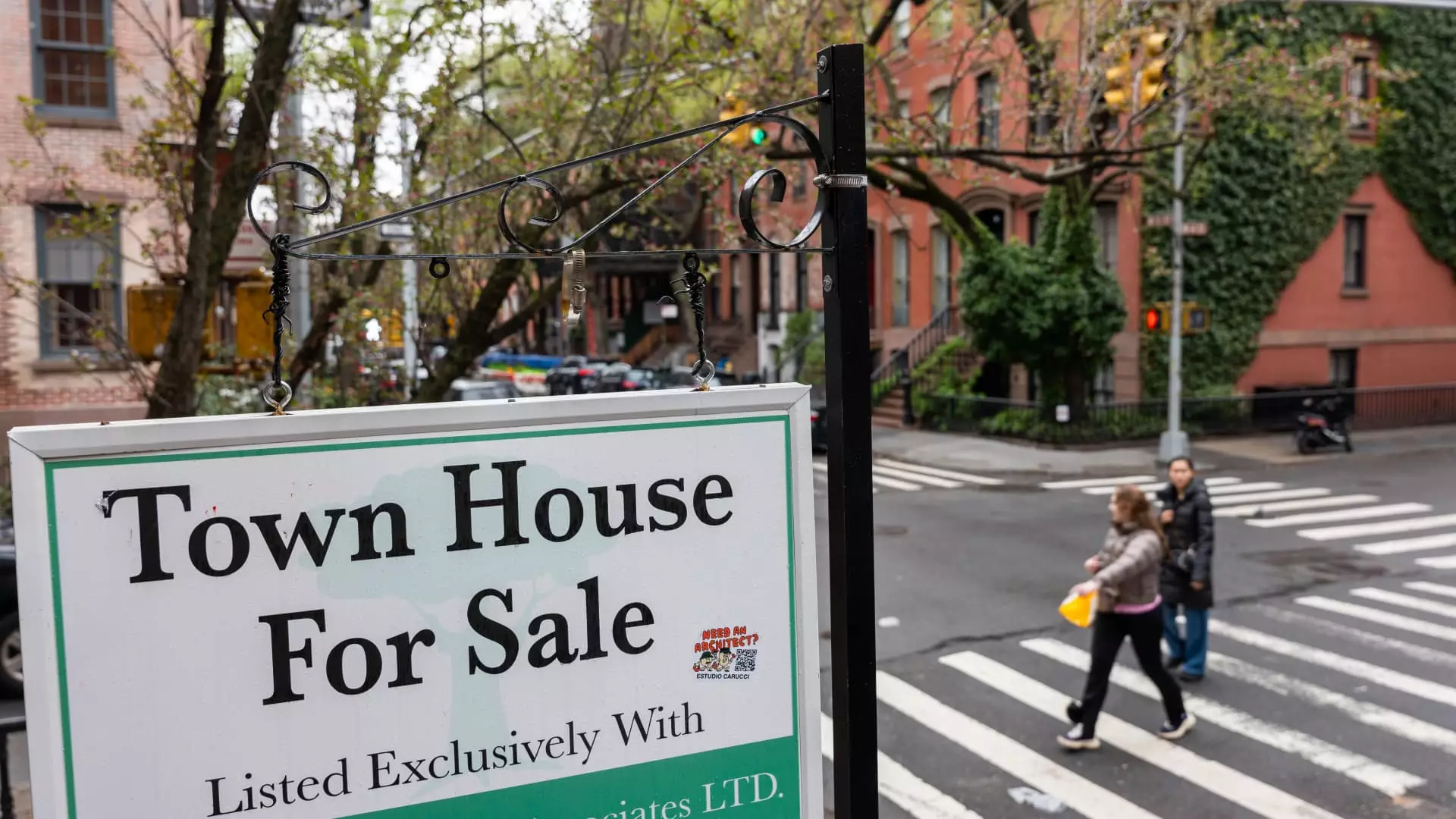In the second quarter of 2024, Manhattan’s real estate market experienced a significant shift towards a buyer’s market. Reports indicated that apartment prices were on the decline, while the inventory of available properties was on the rise. The average sales price for real estate in Manhattan fell by 3% to slightly over $2 million. Similarly, the median price decreased by 2% to $1.2 million. Luxury apartment prices also saw a decline for the first time in over a year. This trend was primarily attributed to the increasing inventory of apartments for sale, many of which were taking longer to be sold.
The rising inventory of apartments for sale in Manhattan was a key factor in the changing dynamics of the real estate market. Currently, there are more than 8,000 apartments available for purchase in Manhattan, surpassing the 10-year average of around 7,000 units. This abundance of inventory has resulted in Manhattan having a 9.8-month supply of apartments for sale. According to industry experts, any supply exceeding 6 months indicates an oversaturated market, creating favorable conditions for buyers.
The trend of falling prices and increasing unsold inventory in Manhattan stands in stark contrast to the national real estate landscape. While tight supply continues to keep prices high in other parts of the country, Manhattan has seen a notable decrease in real estate prices. Real estate brokers and analysts attribute this phenomenon to the unsustainable post-Covid price hikes in Manhattan, leading both buyers and sellers to adjust to a higher interest rate environment.
Despite the declining prices and growing inventory, there has been an uptick in sales activity in Manhattan. The second quarter of 2024 witnessed a 12% increase in sales compared to the previous year, marking the first sales rebound in two years. Real estate experts noted that as buyer and seller expectations aligned more closely, more transactions were successfully closing.
Impact of Rental Market
The high rental prices in Manhattan have played a significant role in driving sales activity in the real estate market. With average apartment rental prices still exceeding $5,100 a month, many potential buyers who were renting have transitioned into becoming buyers. The expectation of decreasing interest rates towards the end of 2024 or early 2025 has also motivated individuals to shift from renting to purchasing real estate.
Unlike other parts of the country, Manhattan’s real estate market is less influenced by mortgage rates due to the prevalence of all-cash deals. In the second quarter of 2024, 62% of real estate transactions in Manhattan were completed through cash payments. This trend has lessened the impact of fluctuating mortgage rates on the local real estate market.
Weakness in Luxury Segment
While prices across all segments of the Manhattan real estate market saw declines, the luxury segment experienced a more significant drop. The median sale prices for luxury properties, representing the top 10% of the market, fell by 11% in the second quarter of 2024. Additionally, the listing inventory of luxury apartments surged by 22%, indicating a pullback from wealthy buyers amidst the uncertainty surrounding the elections.
Manhattan’s real estate market in 2024 has witnessed a notable shift towards a buyer’s market, marked by falling prices, increasing inventory, and a resurgence in sales activity. The impact of high rental prices, changing buyer-seller expectations, and the prevalence of cash deals has shaped the current real estate landscape in Manhattan. As the market continues to evolve, stakeholders will need to adapt to these new trends and developments to navigate the changing dynamics of Manhattan’s real estate sector.


Leave a Reply